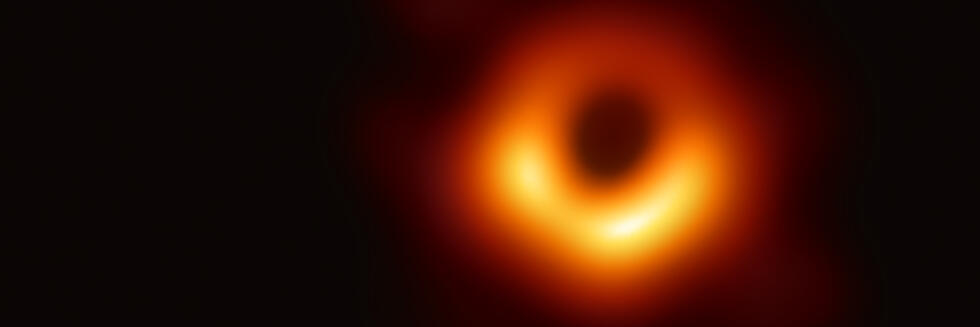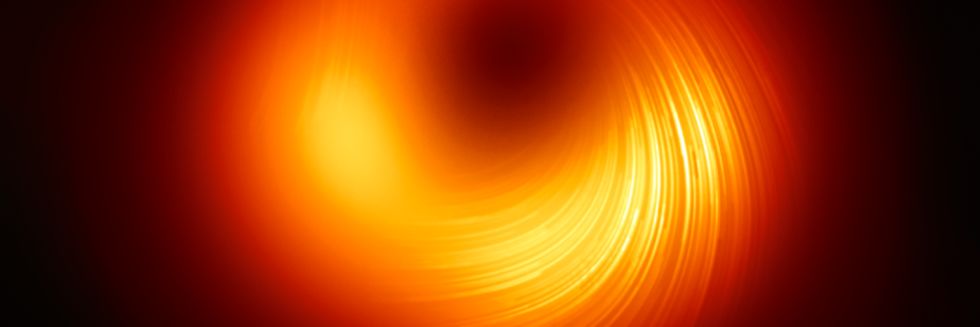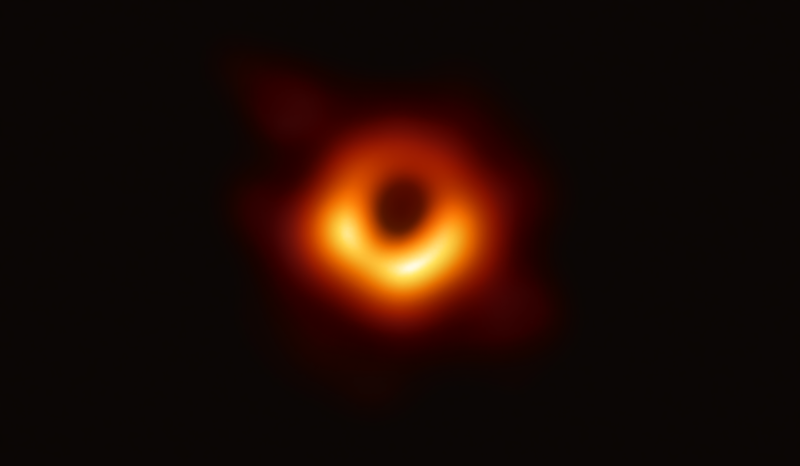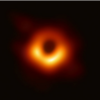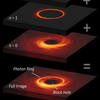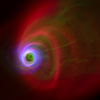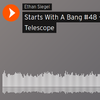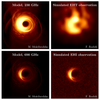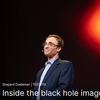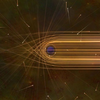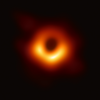The Event Horizon Telescope is an international collaboration capturing images of black holes using a virtual Earth-sized telescope.
EHT News Blog
M87* One Year Later: Proof of a Persistent Black Hole Shadow
Fifth Year Milestone for the NSBP/SAO EHT Scholars
A supermassive black hole’s strong magnetic fields are revealed in a new light
Peering into the heart of a distant quasar with the Event Horizon Telescope
Resolving the core of the J1924-2914 blazar with the Event Horizon Telescope
Imaging Reanalyses of EHT Data
Astronomers Reveal First Image of the Black Hole at the Heart of Our Galaxy
Public Data Release of the Event Horizon Telescope 2017 Observations
Event Horizon Telescope Collaboration to Announce Groundbreaking Milky Way Results on May 12th, 2022, at 13:00 UT
EHT Pinpoints Dark Heart of the Nearest Radio Galaxy
NSBP/SAO EHT Scholars Program Reaches Second Year Milestone
Einstein's Theory Can Explain the Black Hole M87*
Telescopes Unite in Unprecedented Observations of Famous Black Hole
Astronomers Image Magnetic Fields at the Edge of M87’s Black Hole
2021 Henry Draper Medal of the National Academy of Sciences Presented to Shep Doeleman and Heino Falcke
2021 Royal Astronomical Society Group Achievement Award Presented to EHT
Einstein's Description of Gravity Just Got Much Harder to Beat
Wobbling Shadow of the M87* Black Hole
NSBP/SAO EHT Scholars Program Opens New Research Pathways for Underrepresented Young Physicists
Huib van Langevelde named Director of the Event Horizon Telescope Project
Something is Lurking in the Heart of Quasar 3C 279
Award-Winning First Image of the Supermassive Black Hole in M87
EHT Observing Campaign 2020 Canceled Due to the COVID-19 Outbreak
Announcement of the Next Generation Event Horizon Telescope Design Program
First-ever Image of a Black Hole Published by the Event Horizon Telescope Collaboration
Global Web Tour of EHT Observatories


